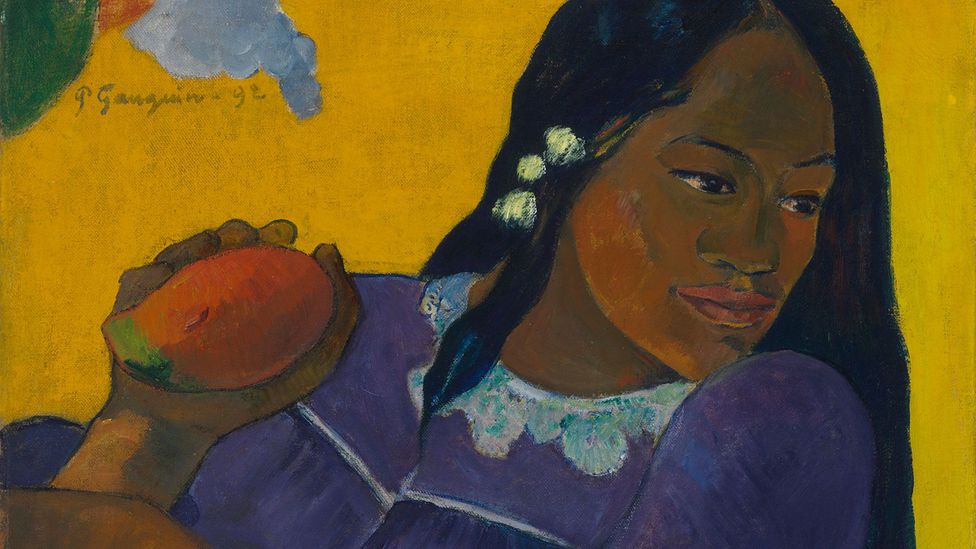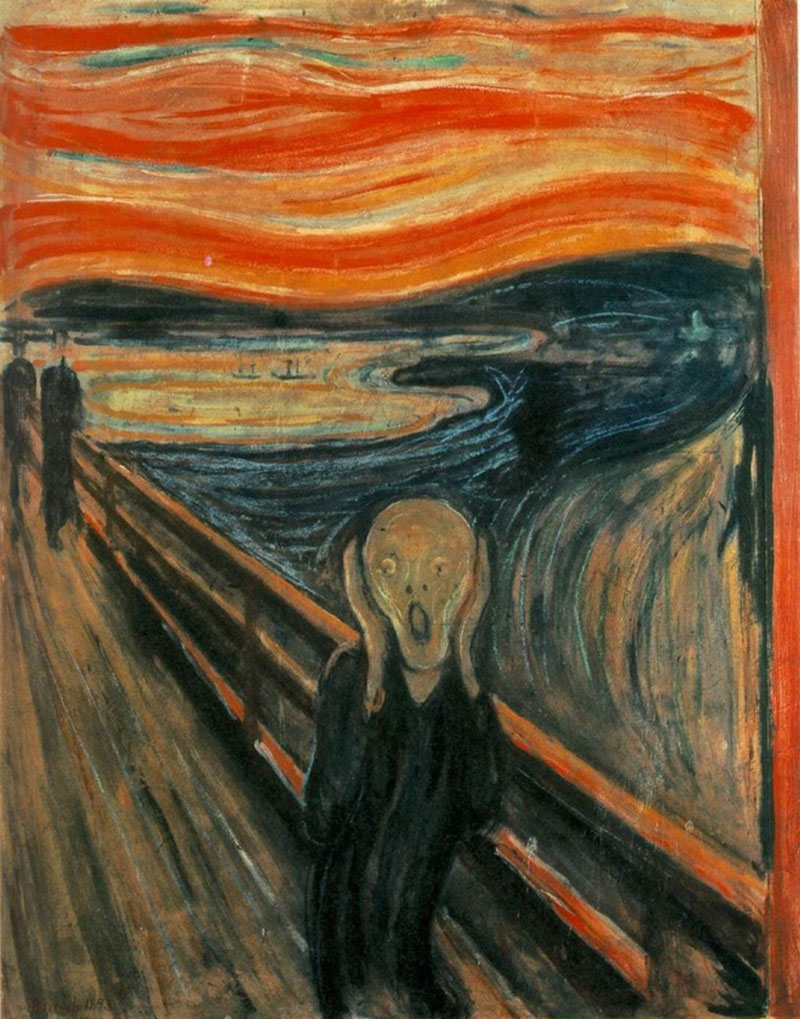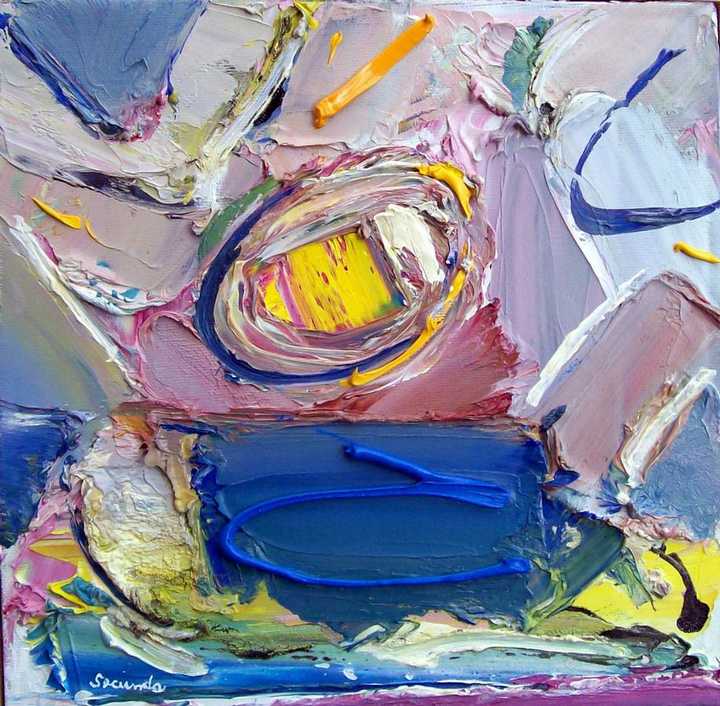

If consequence do but approve my dream,My boat sails freely both with wind and stream (Act 2 Scene 3) Riches of the ship,’ as valuable as a cargo of treasure would be to the money-hungry Venetians.Įven Iago reflects a positive aspect of seafaring when he compares the success of his evil scheming with the smooth passage of a sailing boat: “If after every tempest come such calms,May the winds blow till they have wakened death” Sea imagery – the wonder of reuniting with his new wife when he lands on Cyprus means that he would endure the storm all over again Just as a bird signifies general disaster so the memory is an evil omen brought to torment othello.

Othello compares the ‘recollection’ that Cassio had his handkerchief to a raven. Ravens were birds of ill omen they were believed to fly towards houses were sickness, disaster or death are present or imminent. Othello calls Cassio a “raven” ‘”As doth the raven o’er the infected house,Boding to all – he had my handkerchief” Emilia shoots back, “O, the more angel she, / And you the blacker devil!” In Emilia’s view, Othello has his morality all turned around he thinks black is white, and white is black ANALYSISĪfter a moment of pretending innocence, Othello says of Desdemona, “She’s, like a liar, gone to burning hell: / ‘Twas I that kill’d her” (5.2.129-130). “Fair” means “white,” but also “beautiful” and “good.” The Duke’s point is that Brabantio would be much wiser to quit focusing on Othello’s colour and start appreciating his virtue. “your son-in-law is far more fair than black” – The Duke of Venice Analysis ‘an old black ram is tupping your white ewe’ is a very strong metaphor where Othello is again degraded to evil due to his colour.

What reptile does Ludovico compare Iago to?Ī ‘viper’ comparing him to a poisonous reptileīlack and white quote for Othello degradation ‘Spartan dog’ which was well known for being notoriously fierce. ‘O inhuman dog!’ in Act 5 once he has discovered Iago’s monstrous plans for Desdemona and Cassio. This again shows Iago’s perversion and disinterest in love, and more obsessions with lust and fantasy Jove was a mythical creature who often took the form of various animals to have sex with young beautiful females. In Act 2, Scene 3, Iago refers to Desdemona as…. Shakespeare does this to create the illusion that Othello is perverted, has no control over his sexual urges, and is lustful, immoral and selfish to take the virginity of a young white girl. Iago calls Othello a ‘beast’, a ‘Barbary horse’ and an ‘old black ram’ to Brabantio, Desdemona’s father.


 0 kommentar(er)
0 kommentar(er)
